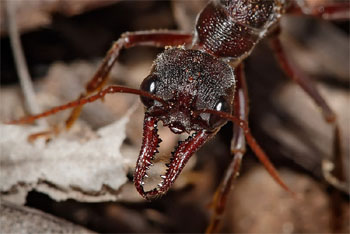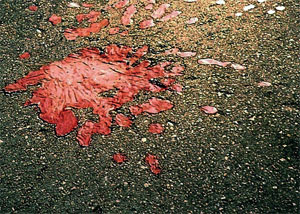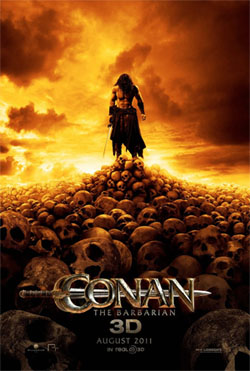Check out this page purporting to be a list of Words That Don’t Exist in the English Language. It’s been making the rounds for awhile, so you may have seen it. And at least portions of it have possibly been debunked. But here are a couple of examples:
Waldeinsamkeit (German): The feeling of being alone in the woods.
Forelsket (Norwegian): The euphoria you experience when you are first falling in love.
Gheegle (Filipino): The urge to pinch or squeeze something that is unbearably cute.
What concepts would be so unique to a fantasy world that they might give rise to words which are, more-or-less, untranslatable to English?
Here’s a few thoughts:
The feeling of slight nausea and dizziness that happens when you teleport somewhere.
A color that can only be created by magic.
The soul-searing, howling noise created by adamantine when it’s shattered.
The sick giddiness left in the wake of a charm or domination effect.
What would be some good words for that? What other concepts would be evocative?


 I recently became aware of the
I recently became aware of the










